Search
Remove Ads
Advertisement
Summary 
Loading AI-generated summary based on World History Encyclopedia articles ...
Search Results
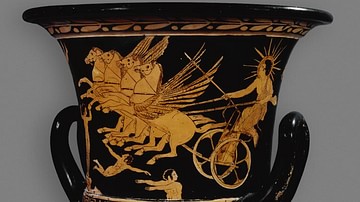
Definition
Helios
Helios (also Helius) was the god of the Sun in Greek mythology. Helios rode a golden chariot which brought the Sun across the skies each day from the east (Ethiopia) to the west (Hesperides). Helios was famously the subject of the Colossus...
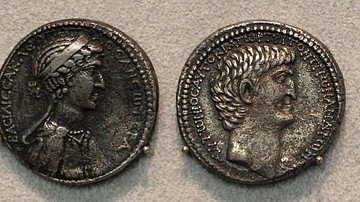
Definition
Alexander Helios
Alexander Helios (40 BCE – c. late 1st century BCE) was a member of the Ptolemaic dynasty, the second oldest son of Cleopatra VII (69 BCE – 30 BCE) and the twin brother of Cleopatra Selene II (40 BCE – 5 BCE). He spent the majority of his...
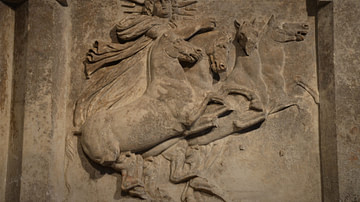
Image
Helios Relief, Troy
Helios, the sun god riding his chariot. Relief architrave from the Temple of Athena at Troy, 300-280 BCE. (Altes Museum, Berlin)

Image
Helios Red-Figure Vase
A red-figure kalyx-krater depicting the sun god Helios. The stars are represented by young male children descending into the ocean. Attica, c. 430 BCE. (British Museum, London)
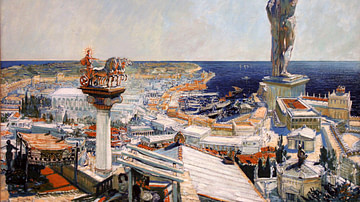
Definition
Colossus of Rhodes
The Colossus of Rhodes was a gigantic 33-metre-high bronze statue of the sun god Helios which stood by the harbour of that city from c. 280 BCE. Rhodes was then one of the most important trading ports in the ancient Mediterranean and the...
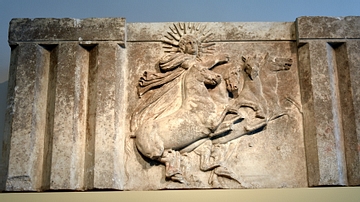
Image
Metope of Helios in Quadriga
This was part of a marble architrave. The row of sculpted metopes on the north side of the temple to the goddess of the city of Ilion, Athena, began with an image of the sun god's Quadriga rising out of the sea. Like the Parthenon in Athens...

Definition
Selene
Selene (also known as Mene) is the personification and goddess of the moon in Greek mythology. Every night, she travels across the sky in her chariot, pulling the moon behind her. Selene is the daughter of the Titans Hyperion and Theia. She...
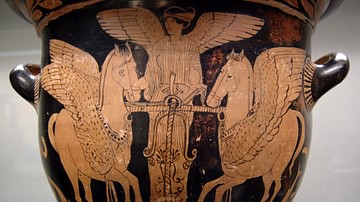
Definition
Eos
Eos is the personification and goddess of the dawn in Greek mythology. She is the daughter of the Titans Hyperion and Theia and the sister of Helios (Sun) and Selene (Moon). Dressed in a saffron-coloured mantle, Eos rides on her chariot in...

Definition
Cleopatra Selene II
Cleopatra Selene II (40 - c. 5 BCE) was a member of the Ptolemaic Dynasty who became the queen of Mauretania upon her marriage to King Juba II of Numidia (48 BCE - 23 CE). Though more obscure than her famous mother, Cleopatra VII (69-30 BCE...
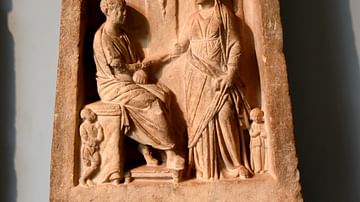
Article
The Value of Family in Ancient Greek Literature
When looking at Ancient Greek literature, one can see the importance family plays in Greek culture. We see this displayed in the Greek works Medea by Euripides and Antigone by Sophocles. Throughout these literary works we see that family...